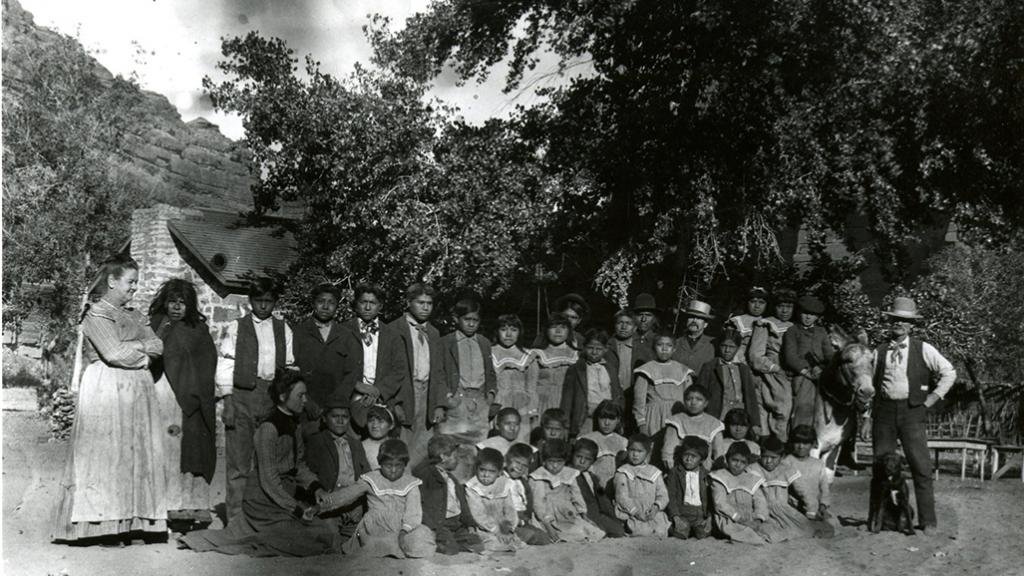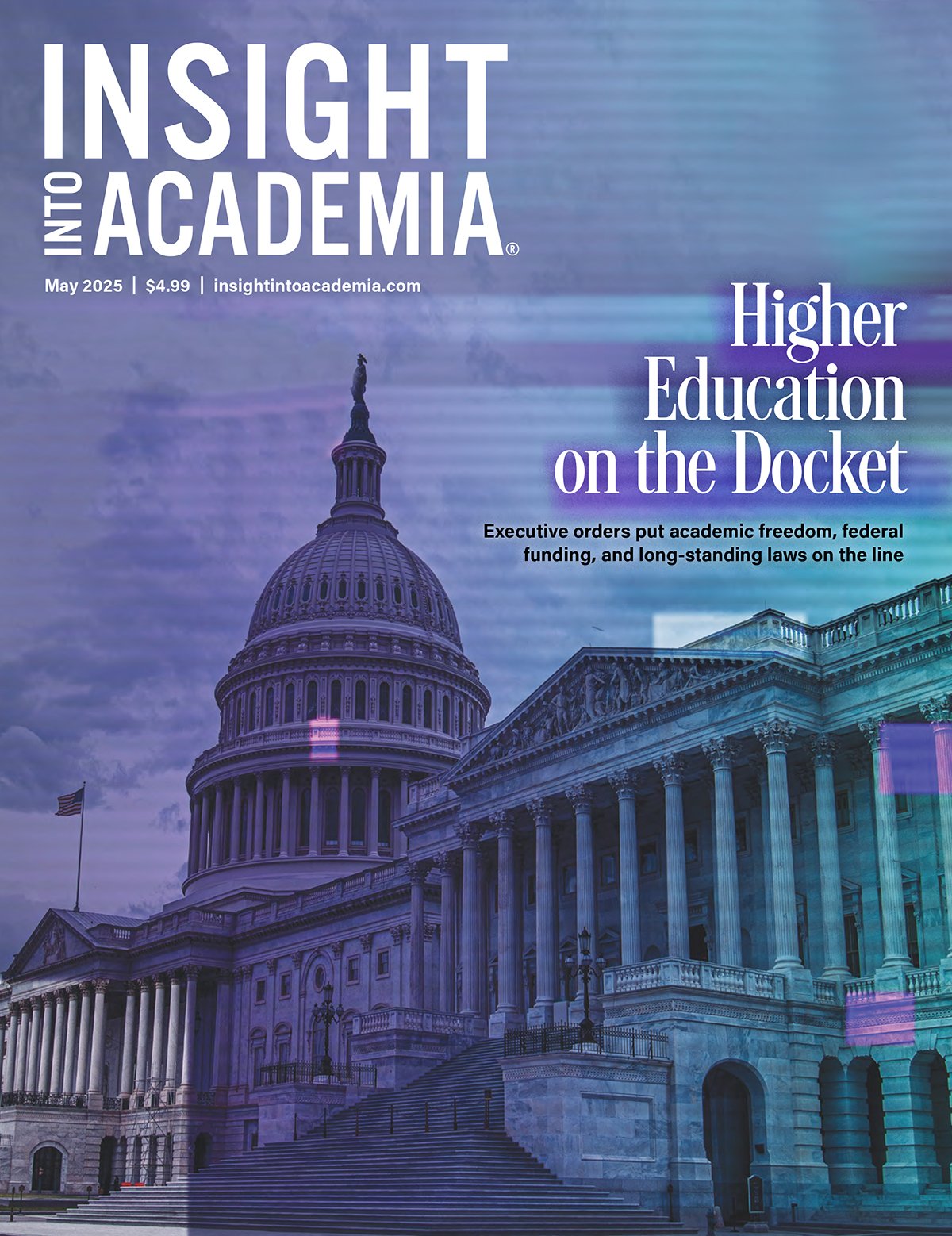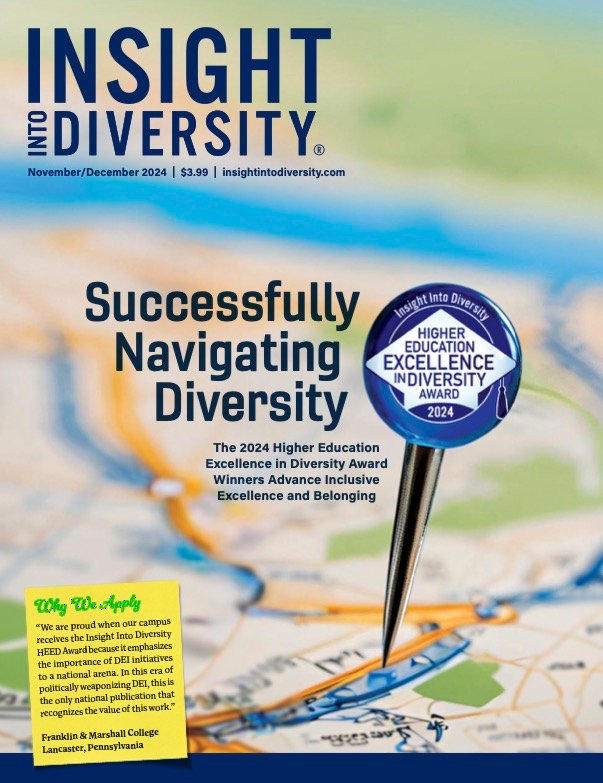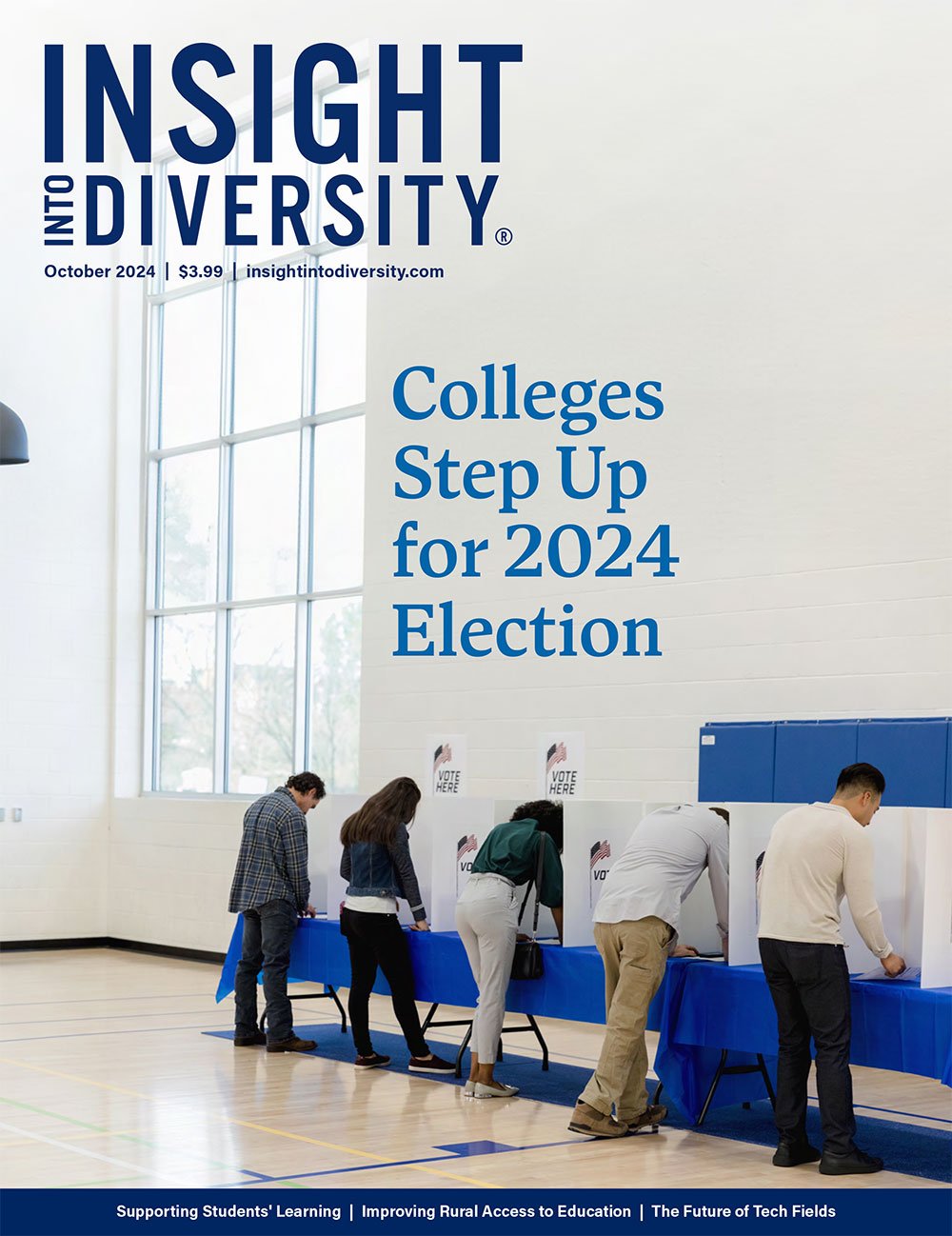Serving as the heart of knowledge and scholarship in higher education, academic libraries are uniquely positioned to advance and support digital and data-driven storytelling and archival efforts, especially as they relate to marginalized communities. This concept is exemplified by the University of Arizona Libraries’ (UAL) work through the Digital Borderlands Project, a grant project funded by the Andrew W. Mellon Foundation that began in 2020 and utilizes digital technologies to improve understanding of Hispanic and Indigenous populations living near the U.S.-Mexico border.
Rooted in data-intensive research and digital storytelling, the project offers diverse perspectives on culture, migration, housing equity, community, and disability experiences in the border region. The archival methods used vary widely and include oral history recordings, immersive experiences in augmented reality, documentary films, interactive web maps, and written accounts, among others. 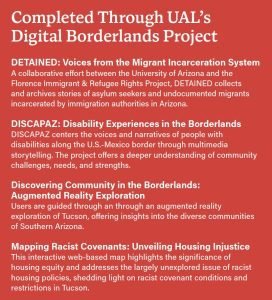
“As an interdisciplinary hub for the campus community, libraries provide a suite of digital services that have often been treated as discrete offerings but can also be brought together into a comprehensive support network under this storytelling,” writes Shan Sutton, UAL dean and principal investigator of the grant project.
In addition to telling the stories of these underserved communities through firsthand accounts, the project emphasizes the need to involve Hispanic and Indigenous faculty, students, and staff researchers throughout the collection and archival processes. This concept comprises the goal of the Digital Borderlands in the Classroom project, the initiative’s second phase, which recently secured a $1.2 million grant from the Mellon Foundation. The funding launches a four-year initiative and faculty fellowship program, led by UAL, that will champion undergraduate student research in the U.S.-Mexico borderlands.

This innovative initiative empowers UA faculty members through a fellowship program that includes a one-week summer institute orchestrated by UAL. The program incorporates workshops, hands-on instruction, and exposure to digital and archival scholarship methods, led by library experts and instructors. Faculty members will use these resources to create assignments and learning modules for students, focusing on diverse characteristics of communities living in the U.S.-Mexico borderlands.
“In addition to its inherent cross-disciplinary nature, the study of the U.S.-Mexico borderlands has the opportunity to make significant contributions to diversifying representation in the digital humanities,” Sutton writes. “Communities along the U.S.-Mexico borderlands have long been culturally diverse, with a complex history of colonial and political contestation, where sovereign nations have long been the storied rather than the storytellers of their own existence in academic studies and spaces.”

Beginning this year and extending through 2026, a competitive application process will be used to select an annual
cohort of faculty members to participate in the summer institute. Those selected will receive a $9,000 award, training, and ongoing consultation throughout the academic year.
One key objective of the project is to facilitate student research on the borderlands by integrating library services into the classroom through faculty collaboration. The initiative provides students with opportunities to learn not just about the borderlands as a place but also from each other and their own experiences. Through UAL’s Special Collections, the initiative also extends archival research that introduces them to unique resources from the U.S.- Mexico borderlands collections.

“It’s important to provide affirming experiences by fostering student engagement with historical documents that reflect contributions from the students’ own communities or by engaging them in interrogating other materials through their own knowledge or experience,” Verónica Reyes-Escudero, the Katheryne B. Willock Head of UAL’s Special Collections and co-principal investigator, said in a press release.
The project will culminate in the creation of a “Digital Borderlands Anthology,” which will showcase archival and historical materials gathered by UA students, faculty, and staff through the classroom program. The anthology will be freely accessible to the public and other institutions interested in implementing similar initiatives. To that end, UAL will host a symposium in 2027 that will bring together borderlands scholars and instructors throughout the U.S. to share ideas and discuss methods to advance digital scholarship and archival processes.●


